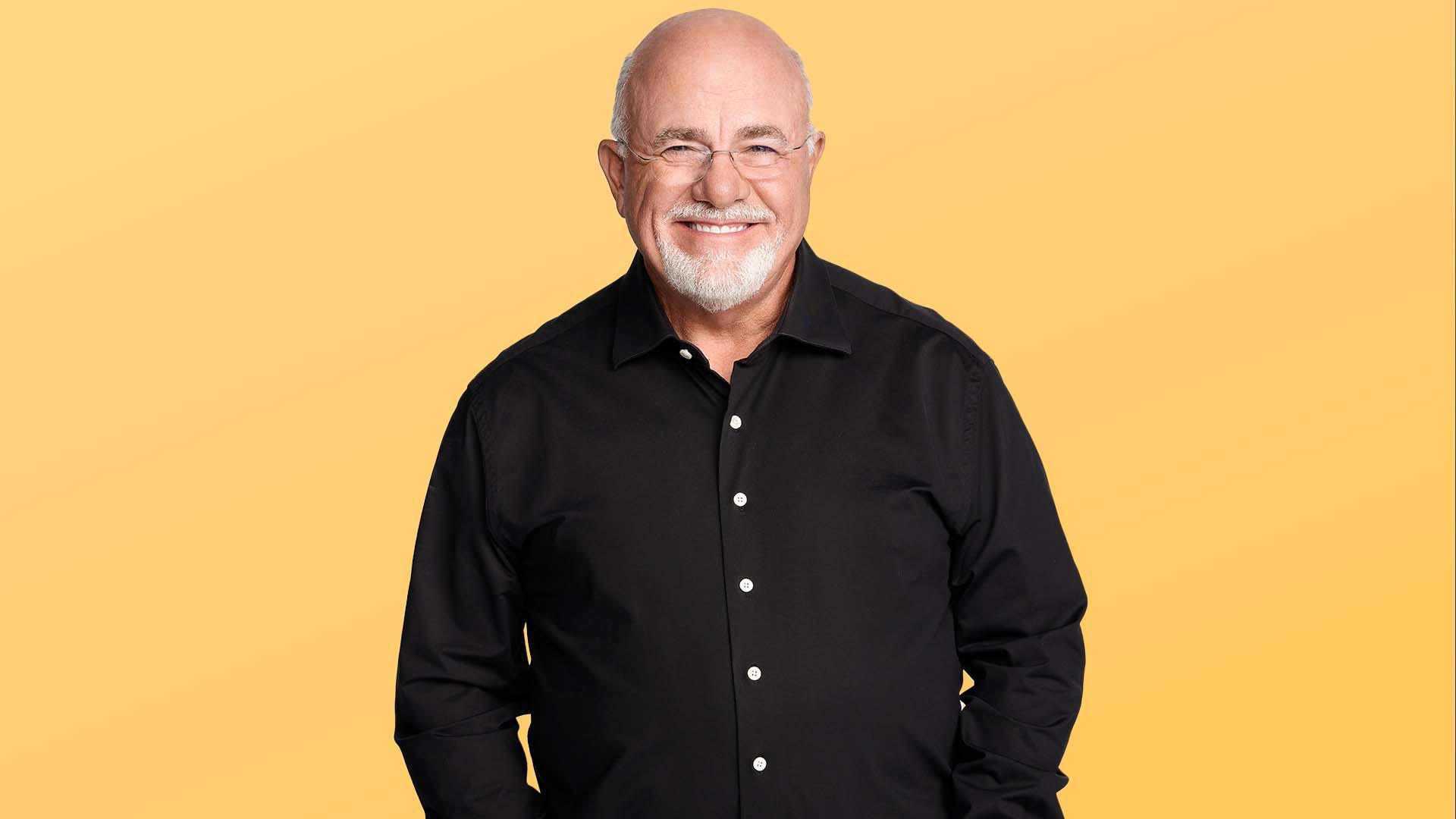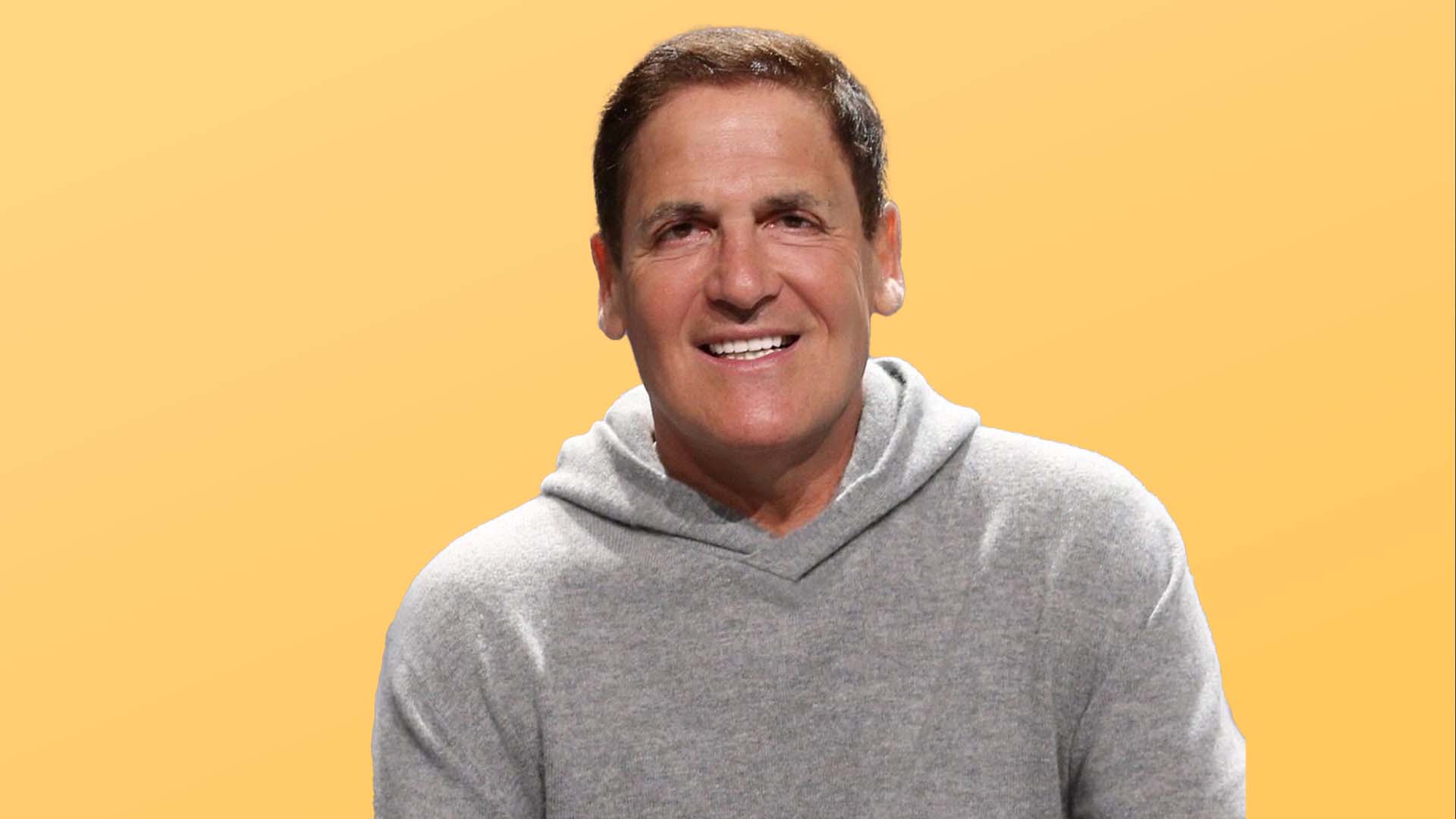4 Money Habits To Adopt Now If You Want To Retire in 2026

Commitment to Our Readers
GOBankingRates' editorial team is committed to bringing you unbiased reviews and information. We use data-driven methodologies to evaluate financial products and services - our reviews and ratings are not influenced by advertisers. You can read more about our editorial guidelines and our products and services review methodology.

20 Years
Helping You Live Richer

Reviewed
by Experts

Trusted by
Millions of Readers
A lot goes into retirement planning, but those final months leading up to the big day are especially crucial. You’ll want to make sure your finances are in order, both now and for the future, so you’re not blindsided later.
If you’re planning to retire in 2026, check out these four money habits you can adopt starting now — if you haven’t already — to make the transition as smooth as possible.
Live On Your Retirement Budget
You should expect to live on 55% to 80% of your pre-retirement income, according to Fidelity. If you currently earn $100,000 annually, you might need $55,000 or $80,000 each year, for example.
One way to prepare for retirement is to act like you’ve already retired and lower your spending accordingly. This can also give you a better idea of what living on a lower budget feels like while leaving some wiggle room.
Build Up Your Emergency Fund
Most financial experts suggest having at least six months’ worth of living expenses set aside for emergencies. But if you’re living on a fixed retirement income, you might want to save even more. After all, there are many easily forgotten expenses to watch out for, like long-term care, transport, home maintenance and taxes.
If your emergency fund is lacking, make it a habit to regularly contribute as much as you can — without hurting your overall investment strategy or unnecessarily limiting your retirement account contributions.
While you’re at it, run the numbers again to make sure your overall finances are on track. Costs rise over the years, so it’s good to have some clarity on what to expect going forward.
“Sit down and project five to seven years, ideally, of basic income needs such as food, fuel, clothing and utilities,” said Philip Gallant of The Optimus Group.
Regularly Review Your Investment Accounts
As you approach retirement, make it a habit to check in on your accounts regularly. Unless you plan to keep working once you retire, now’s the time to prioritize protecting your wealth rather than aggressively building it.
Now’s also a good time to check your 401(k) and IRA balances and figure out your withdrawal rate. One way to help your retirement savings last is to withdraw no more than 4% or 5% of your retirement funds each year. According to Fidelity, here’s how this works:
- Withdraw 4% to 5% (max) of your savings in the first year you retire.
- Every year thereafter, withdraw that same amount (adjusted for inflation).
- Make adjustments to how much you withdraw based on factors like market returns, your retirement age, inflation and investment mix.
Of course, you don’t have to actually start withdrawals yet. But running a few calculations can better prepare you for when the time comes.
Regularly Review Annuities and Life Insurance Policies
Go through any active policies, plans or accounts you’ve got to make sure they still align with your retirement needs. It’s always a good idea to review these regularly to ensure they’re up to date.
While you’re evaluating your existing policies and plans, there are a few key things to look for. Take life insurance as an example.
“Make sure you still carry enough life insurance so that at the death of the first spouse, any IRA or retirement accounts can be rolled over to a spousal IRA and the tax-free death benefits can be used to convert the spousal IRA to a Roth IRA,” Gallant said. “This reduces the impact of the ‘widow’s penalty,’ which is the combination of the loss of a standard deduction and one Social Security check.”
And for those thinking about purchasing life insurance, Gallant suggested choosing one that offers a chronic illness rider or a long-term care rider.
 Written by
Written by  Edited by
Edited by 







































































































